Foggy Florida
Some of these rare winter mornings when fog rises from the lakes and enshrouds everything in mystery.

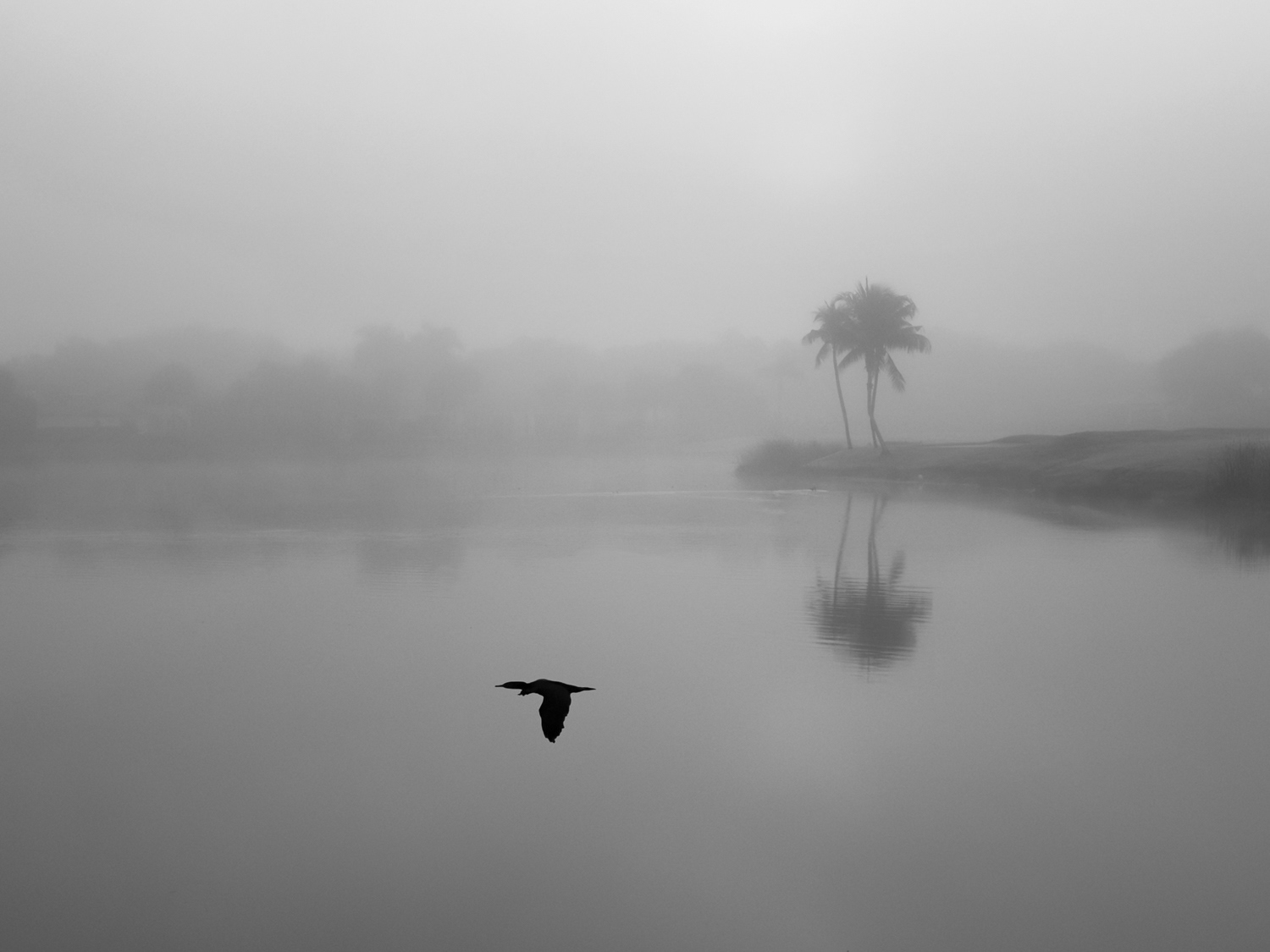
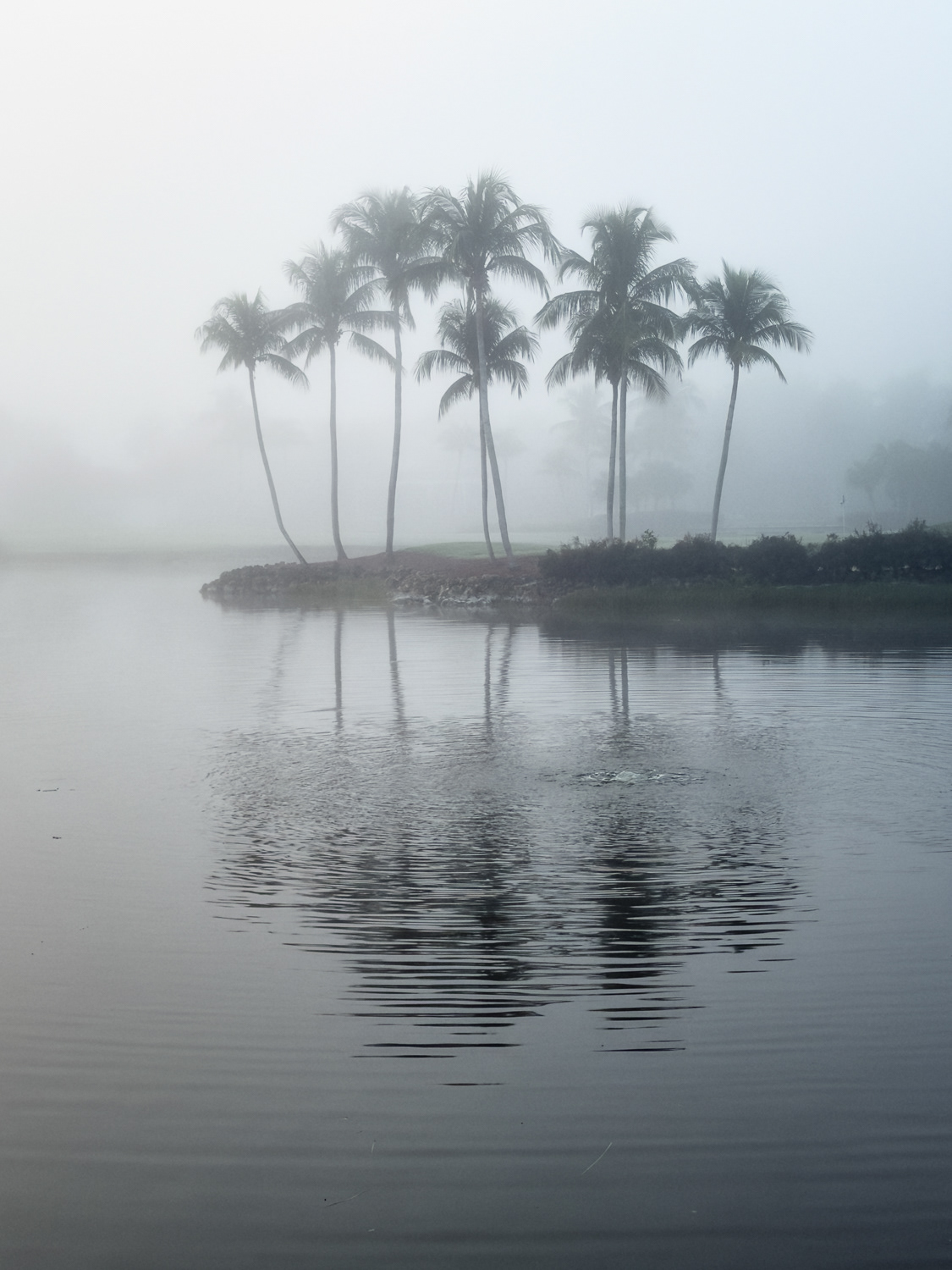
"Marsh in Fog"

Twilight Fog

Fog over Green Cay

First Foursome

Mystery World

Perfect Cover
The drama above and calm below meet in reflection, where everything makes sense for a moment.
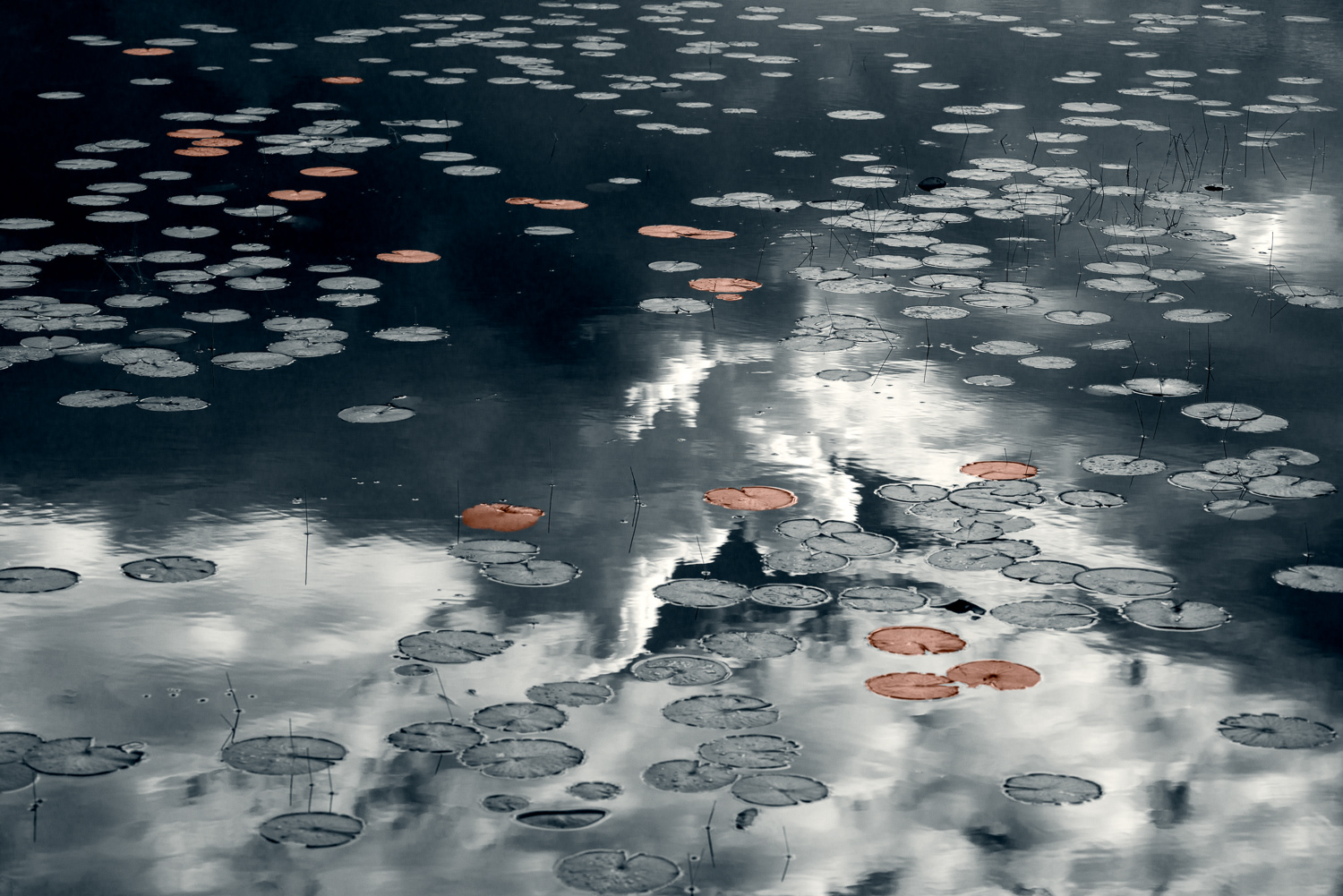
Darkenbloom 1

Darkenbloom 2

Darkenbloom 3
"Darkenbloom" series
2025 Art Limited - Selected Visa
2025 International Publication 1x.com
2025 International Photography Awards (IPA) – 3rd Place
A little bit of Old Florida, grain and all.
"Blue Cypress View"
Fall is slowly coming to Florida, and the leaves are changing just a tiny little bit. Soft morning light illuminates the scene and makes them stand out.
"Fall at Indian Lake"
2021 International Publication 1x.com
2012 Florida Camera Club Council - Red Ribbon
2021 Chromatic Awards - Honorable Mention
2021 Tokyo International Foto Awards – Official Selection
2021 Annual Photography Awards - Honorable Mention
2022 15th International Color Awards - Nominee
Thin rhizomes are leading out of the darkness of the water and anchor the first thin leaves. This is the humble beginning of a water nymph, a beautiful plant with showy flowers that delights every viewer.
"Beginning"
2021 Artscore Selection Arts Limited
2021 Florida Camera Club Council - Yellow Ribbon
2021 ND Awards - Honorable Mention
2021 Budapest International Foto Award - Gold Medal
2022 Juried Exhibition "Natural Selections" Rookery Bay, 3rd Place
2021 Tokyo International Foto Awards – Honorable Mention
2021 Annual Photography Awards - Honorable Mention
2022 The Independent Photographer "Black & White" - Finalist
2022 Monovisions Photography Award - Honorable Mention
2022 Black & White Spider Awards - Honorable Mention

"Treebeard"

"Cypress in the Lake"
Two old cypress trees covered in Spanish moss standing in shallow Lake Istokpoga provides rest and habitat for a multitude of beings. The wide canopy forms a protective umbrella, and several birds have nests inside.
The tree on the right is over 100 years of age and one of the largest remaining bald cypress trees in Florida.
Florida, whether coastal or inland, is water. It's rivers, creeks, and famously, it's swamps. Yes, we have cattle, and cowboys and rodeos, and birds, but the essence of Florida is water. Fresh or stagnant, salty or murky, it is our lifeline.
"Over and Under"
"On a Hot Summer Day"
2022 Naples Camera Club - Yellow Ribbon
"River of Grass"



Fisheating Creek is a tributary to Lake Okechobee and one of its largest natural sources. The name is roughly translated from the Seminole "the creek where fish are eaten".
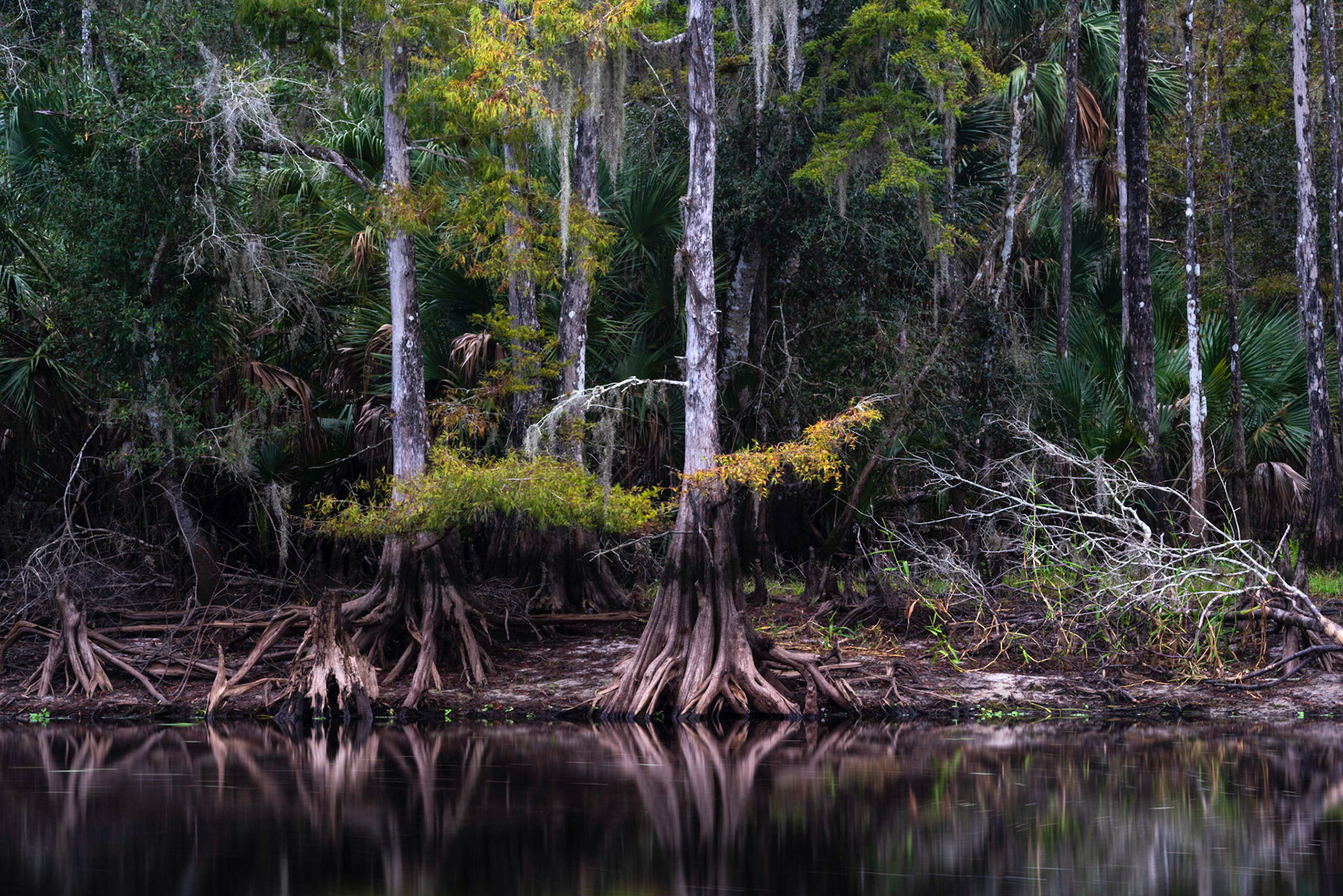
At Fisheating Creek - I

At Fisheating Creek - II
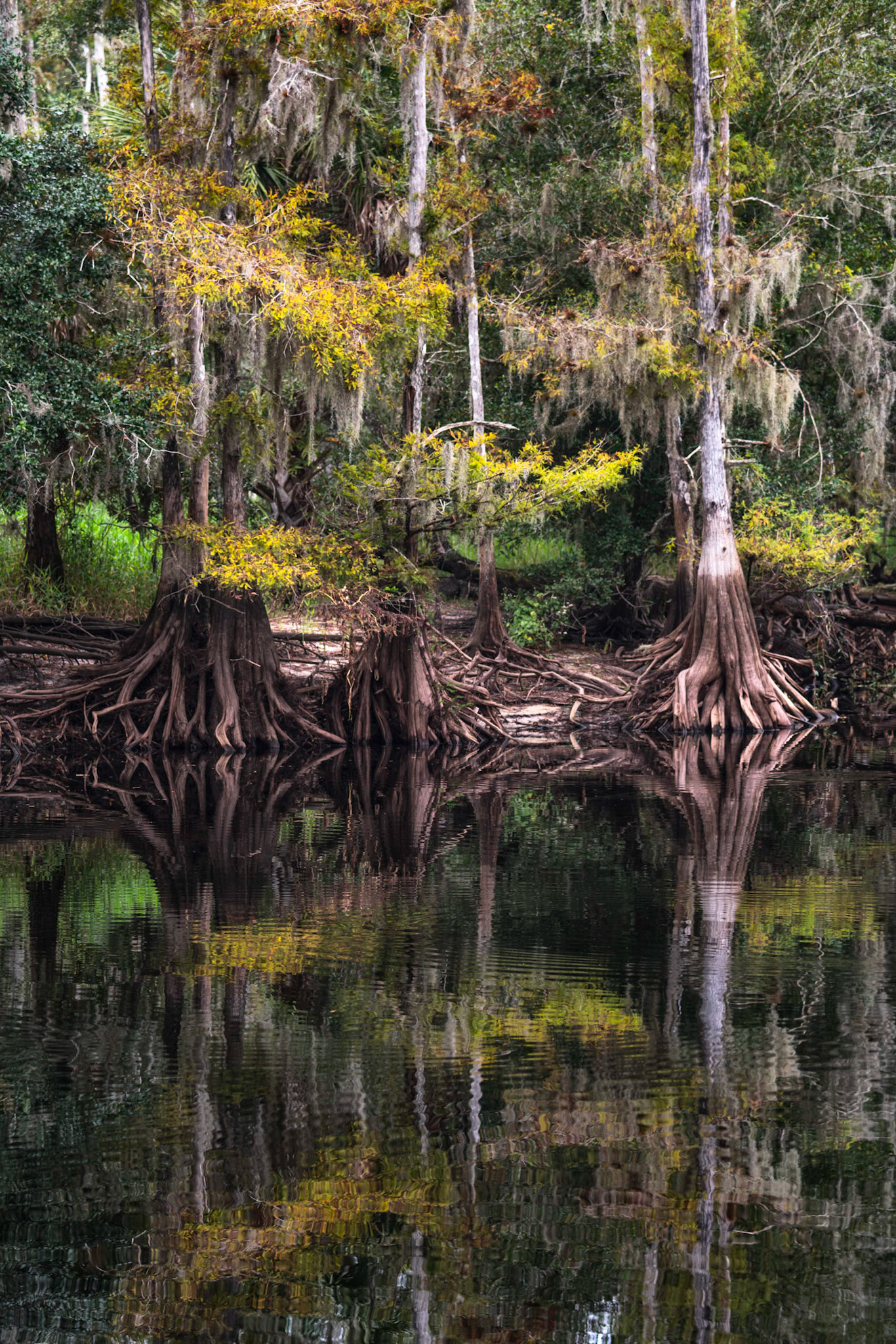
At Fisheating Creek - III

At Fisheating Creek - IV
A quiet and slightly hazy morning on a golf course in Florida; the still water reflecting the palm trees and bushes. No one is awake yet.
"Hazy Morning"
Nominee International Black & White Spider Awards 2018
Exhibition 2019 Collier County Boardroom "Artist of the Month"
International Fine Art Photography Awards 2019 - Nominee
"Down by the River"




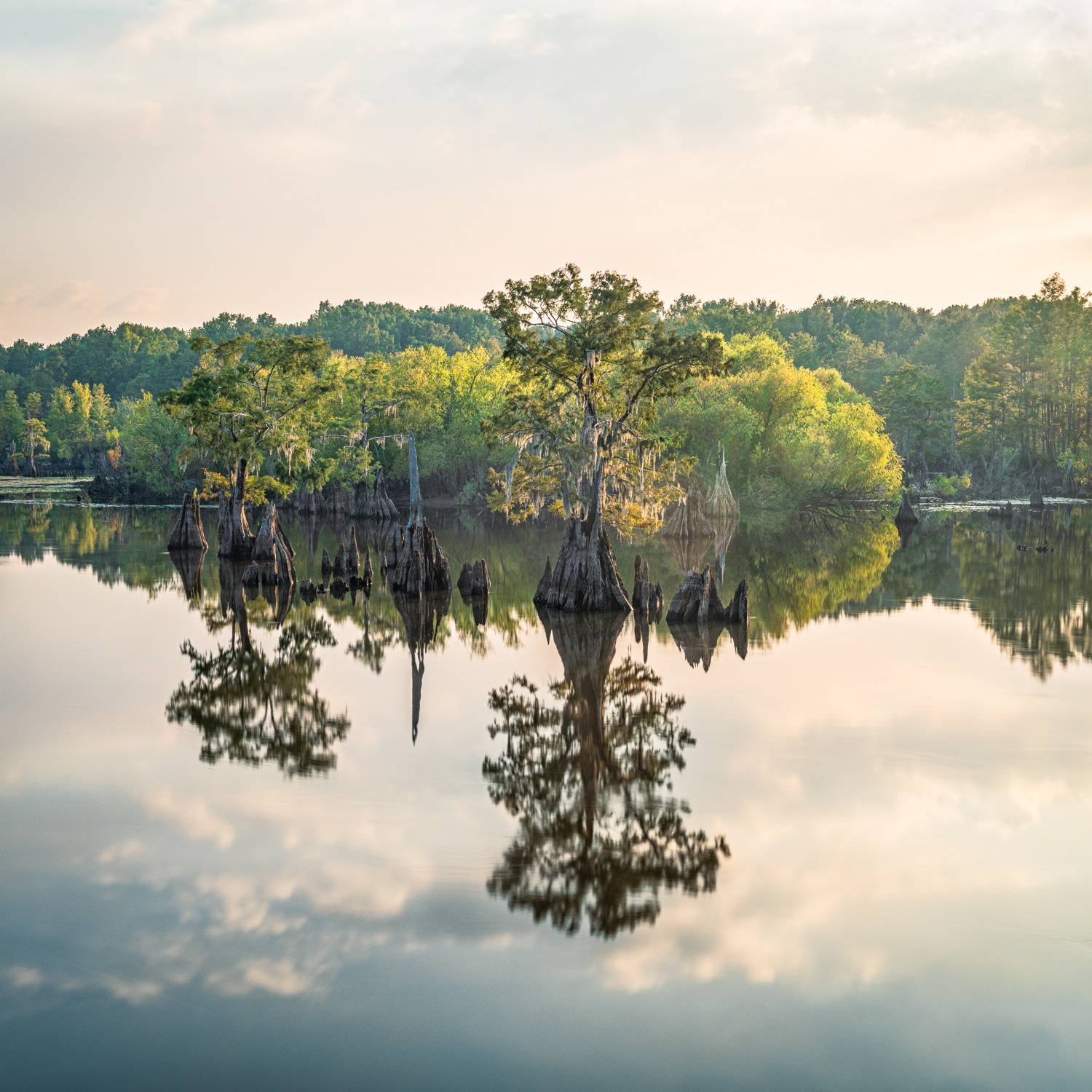
"Survivors"
2020 Rookery Bay Exhibition "Natural Selections"
2022 The Independent Photographer - Editor's Pick
"Time Passed"
Scenes from the Everglades

Sunrise in Mono

A Hint of Color

Pine Island Sunset

Everglades Sunrise
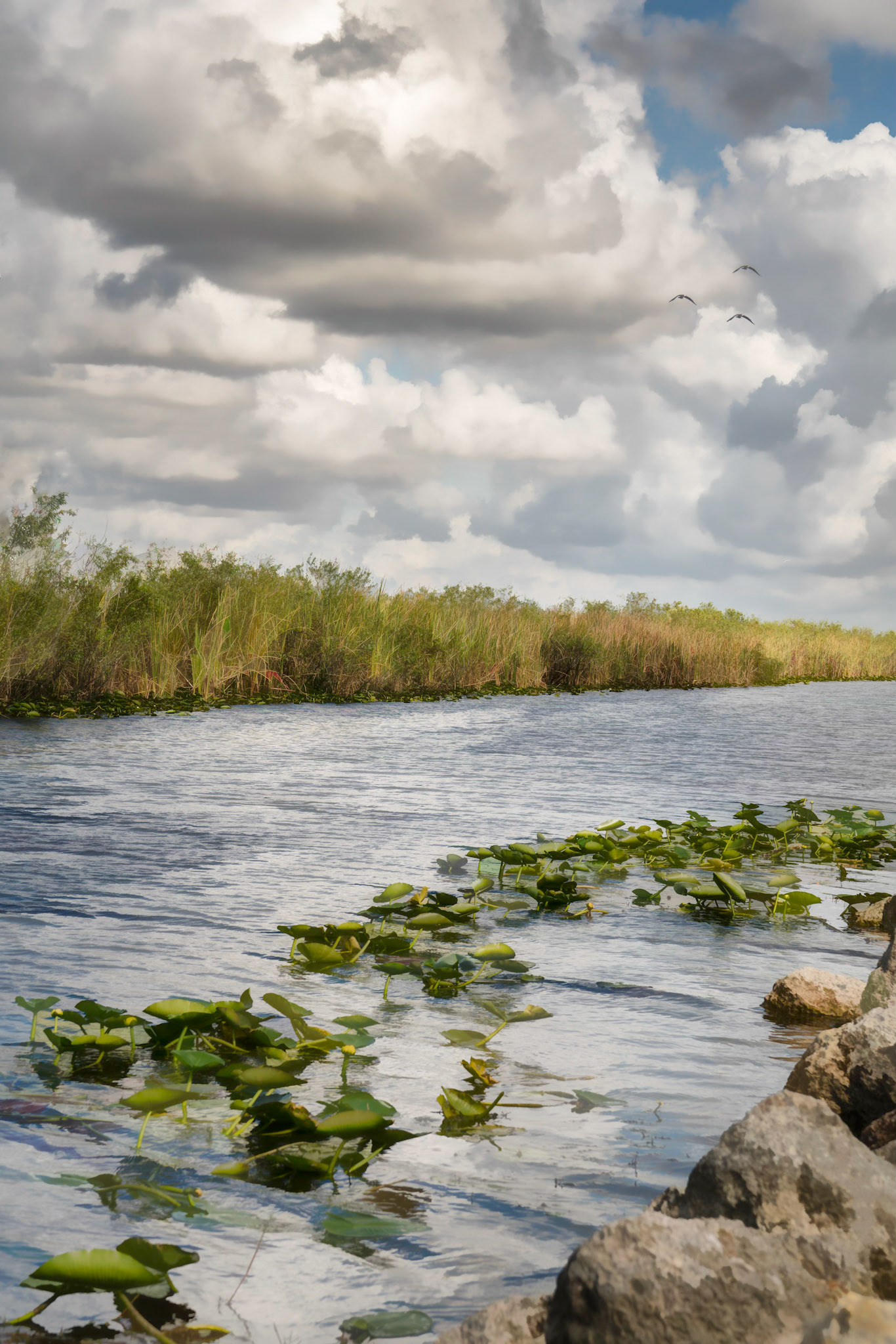
River of Grass

Everglades Morning

Encantado

Palmetto

After the Storm
"Swamp Sunrise"
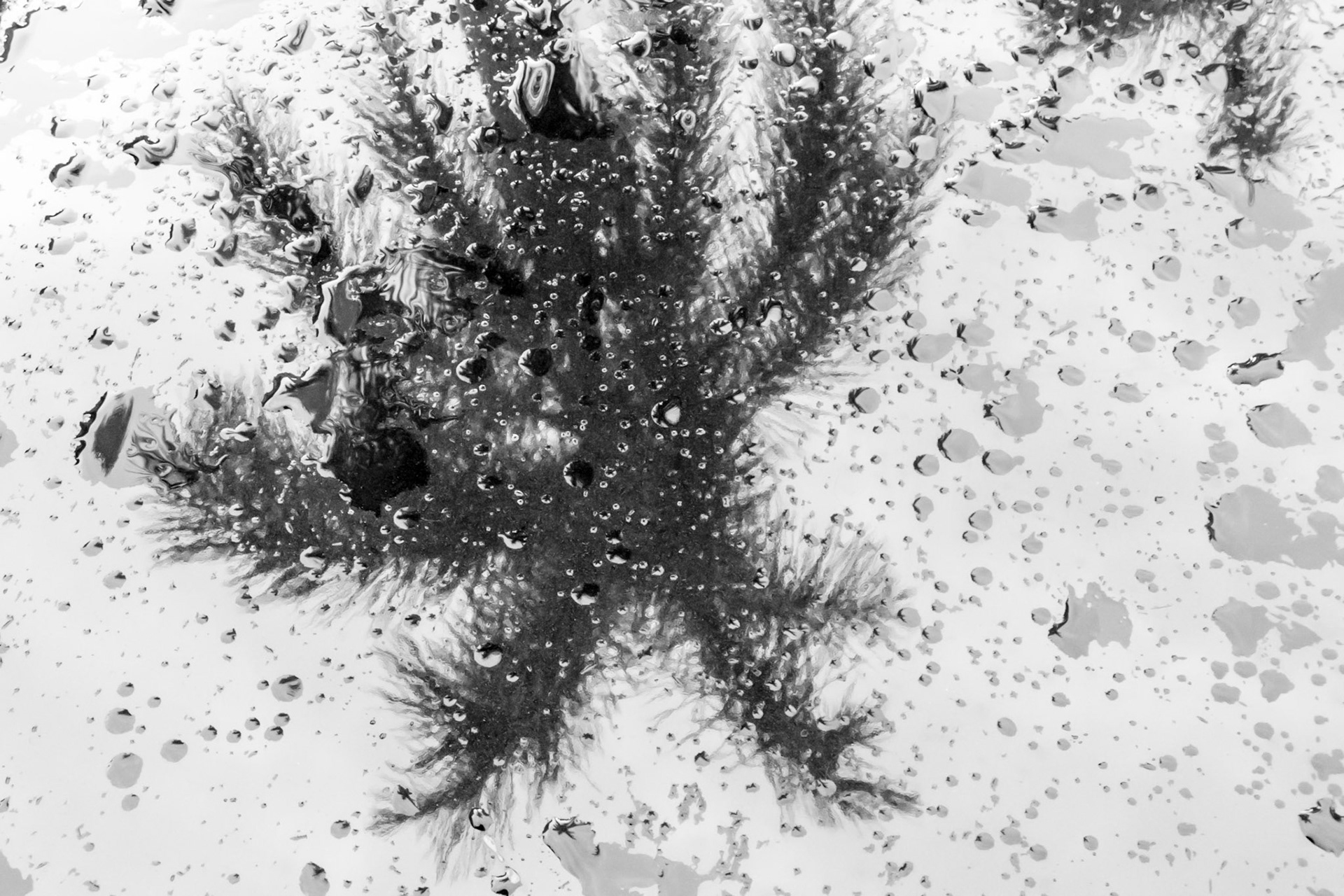
Rainy Season

Swamp Tapestry

Roots

Upper Myakka Lake View

Touching

Branching Out
Pink Muhly (Muhlenbergia capillaris) can stop traffic when in bloom. It is one of the most beautiful native grasses and grows just as easily in inhospitable areas as in well-tended gardens.
Primarily at home in the southern U.S. and Mexico, it is a good choice for low-water landscapes and tolerant to high salinity.
"Pink Muhly"
2019 Rookery Bay Juried Exhibit "Intersection of Man and Nature"
2019 Collier County Boardroom "Artist of the Month"
2019 Naples Camera Club - Yellow Ribbon

"Sunset at Harns Marsh"

"Inferno"
"Swamp Beauty"
